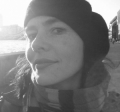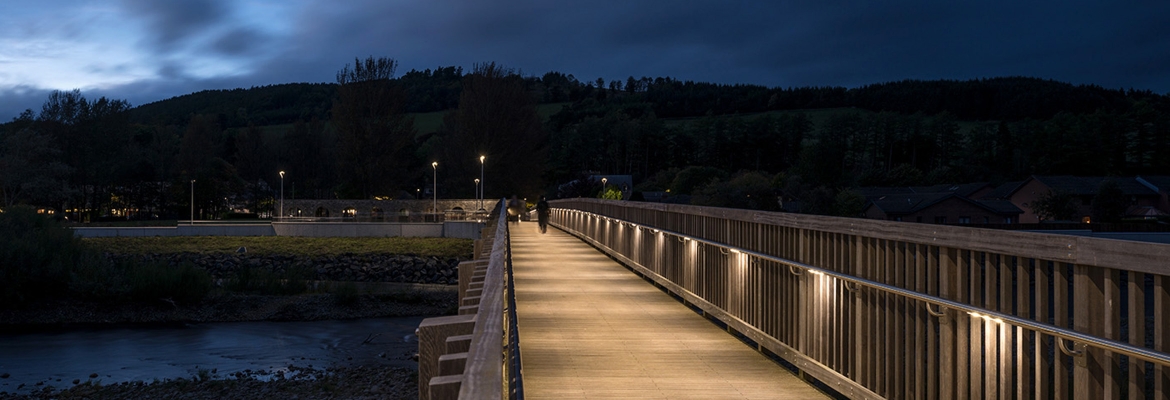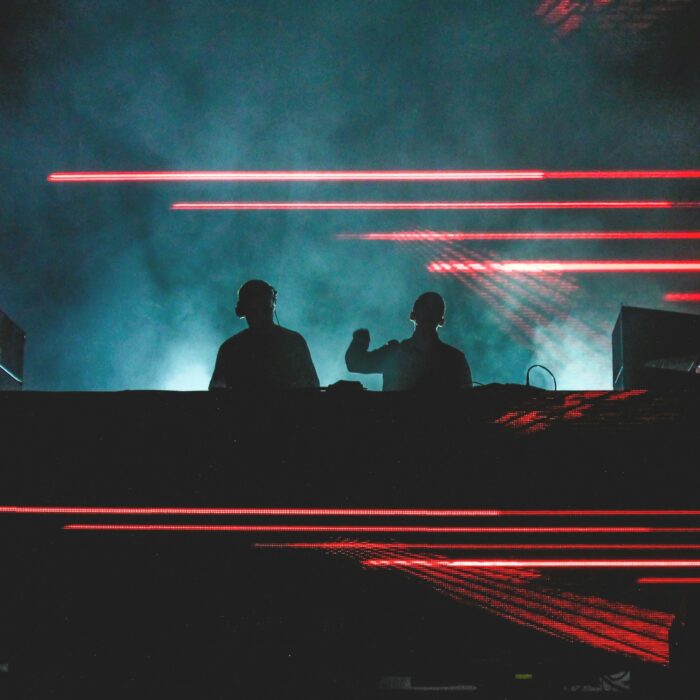You have no items in your cart. Want to get some nice things?
Go shoppingMost of us have gazed at the face of the Migrant Mother in Dorothea Lange’s iconic photograph or lingered over the beds, towels, and chairs in houses belonging to tenant farmers captured by Walker Evans. We know these images intimately, and this is in part because Lange and Evans were commissioned in the 1930s by the United States Farm Security Administration (FSA). They were hired to travel the country to document the lives of migrant workers during the Great Depression.
Roy Stryker headed the FSA’s documentary photography division from 1935 to 1944, founded as part of Franklin D. Roosevelt’s New Deal. The aim of Stryker’s photography unit was to show America to Americans, to delve into the rural margins and bring the desperation out into the open – as well as justifying Roosevelt’s federal programmes.
Over 70 photographs from all 12 members of the FSA photography unit are currently on display in a small airy room in London’s Whitechapel Gallery. They are part of Killed Negatives: Unseen Images of 1930s America, a stunning exhibit curated by Nayia Yiakoumaki. These images, although populated by familiar characters, have something different about them: they have been selected from Stryker’s rejects. Rather than destroy the negatives outright, Stryker in his bureaucratic fervour had his workers puncture them with a hole punch before filing them away.
In one photograph by Carl Mydans, a group of African American land clearance workers tower above the camera, pickaxes in hand. An unsettling black sun hovers above their heads. Thanks to Stryker’s hole punching, the men have become players in an apocalyptic drama. The sun has burnt a hole in their sky.
One of Arthur Rothstein’s photographs shows a thin white woman standing with her four children. The youngest, a toddler, has a black dot where her head should be, as if marked for death. In another Rothstein, a natty black preacher in a white suit throws us a passing glance while a shirtless teenage boy stands with his hands crossed over his chest. A large black disc covers the spot where his wrists intersect. Handcuffs? Rope? Whatever it is, this boy is not free.
In reality there is no burnt out sun, no headless child, no handcuffed black teenager. The black spots on these images were created randomly, but meaning has seeped into them as much from the accidental mark of the bureaucrat-censor as from my need to make sense of them. Yiakoumaki had read that the Library of Congress was digitizing Stryker’s “killed negatives” (his term) and knew they had to be shown. “Through the crude act of censorship,” Yiakoumaki tells me, “we see them again. They become conceptual objects as much as historical images.” To build on this idea, Yiakoumaki has also included some of Stryker’s shooting scripts, documents from the FSA and the work of four contemporary artists: Etienne Chambaud, Bill McDowell, William E. Jones and Lisa Oppenheim. All the art relates to the larger FSA project and the theme of photography as propaganda.
The suffering on display here appears to be from another era: shoeless children, women with more babies than their bodies seem capable of producing, shacks made of tin, agricultural workers barely hanging on. The people in these photographs still dwell in the United States, and it isn’t the hands of Roy Stryker’s agents that are deleting strands in their narratives. It is greed, ignorance and a corporate America Roosevelt could never have imagined.
Stryker rejected these images for a host of reasons – sometimes the images were overexposed, sometimes a farmer (or “client” as he quaintly called them) didn’t look right, sometimes the composition was off. Nevertheless, he created a body of work that is unparalleled in the history of photography. Killed Negatives is a reminder that power can be used for good or ill.
The poverty is still with us, but we no longer want to see it. Unfortunately for us the black dots have prevailed, cutting out the narratives of the people whose stories we cannot bear.
kiKilled Negatives: Unseen Images of 1930s America is at Whitechapel Gallery until 26 August 2018.

About Joanna Pocock
Joanna Pocock graduated with distinction from the Creative Writing MA at Bath Spa University. She is a contributing travel writer for The LA Times, and has had work published in The Nation, Orion, JSTOR Daily, Distinctly Montana, the London Sunday Independent, 3:AM, Mslexia, the Dark Mountain blog and Good Housekeeping, among other publications. In 2017 she was shortlisted for the Barry Lopez Creative Non-fiction Prize and in 2018 she won the Fitzcarraldo Editions Essay Prize. 'Surrender', her book about rewilders, nomads and ecosexuals in the American West, will be published by Fitzcarraldo in 2019. She teaches Creative Writing, both fiction and non-fiction, at Central St Martins in London. Some of her writing can be found at: www.joannapocock.blogspot.co.uk and www.missoulabound.worpress.com




